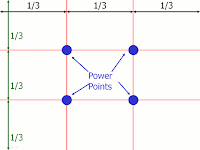We have chosen Stephen because we feel like he is a very stereotypical 1940s looking Private Detective and we also wanted an older man who may be charmed by a younger Femme Fatale.
Anna Subbotina as The Femme Fatale: We have chosen to use Anna as our Femme Fatale because she would perfectly fit the part with a sultry look with a tough exterior we feel once her hair and make up are done then she will have that cunning Femme Fatale attitude.
We have chosen Dayana as the Femme Fatale because she has a very cold and glamourous look which would suit the character we want in the thriller her blonde long hair will give her the typical Femme Fatale look which would very much suit our stereotypical thriller.





















